
The occasion was the 36th Annual University of Massachusetts Powwow, the first Powwow hosted by students through the Native American Student Association at UMass in years.
People drove for hours to reach this year’s Powwow; Kahnawake in Quebec, Aquinnah on Martha’s Vineyard and members of the Nipmuc Youth Council traveled from Webster, Massachusetts.
“I just love coming and seeing all my relatives,” said Marisa Swift Deer Crow Riley, the president of the Nipmuc Youth Council. “It’s more like a gathering. A lot of teaching is what’s good.”
Riley, who has been coming to the UMass Powwow for at least 10 years, described the goal of the Nipmuc Youth Council as teaching the youth of their tribe about their culture, such as dance and craft styles.
The Nipmuc Youth Council’s vendor table had dreamcatchers, earrings, drums and other items all handmade by members of the Council. Riley said they were also collecting donations to buy backpacks for homeless people.
“We’ve donated here in Amherst to two of the shelters,” she said. “We have a Facebook page; we’re always looking for more donations.”
The Powwow opened with a grand entry, in which the American, Canadian, Armed Services and POW-MIA flags were presented as the dancers entered the arena. The roughly 450 attendees stood for the performance of tribal songs, the reading of a prayer in the Massachusett Algonquian and English languages, and a song performed to honor veterans.
After the grand entry, the dances began. Much of the dancing was inter-tribal and open to the public, while some, called exhibition dances, were performed by specific dancers.
The sneak-up dance, for example, featured dancers who moved through the circle calmly and upright during relatively slow parts, but who bended over and lunged during fast sections of the music.
The influence of Native American culture could be seen even at Baby Berk outside, where indigenous meals like fry bread tacos and succotash were being served for the event.
“You’re going to see some fantastic dancers here today, hear a lot of good music,” said Justin Beatty, the master of ceremonies for the Powwow, before the grand entry. “I’m sure everybody’s going to have a good time today.”
The songs were played and sung by the featured Native drum groups at the event: Storm Boyz, Eastern Suns and Iron River, each singing in native languages. The three featured groups shared musical duties with surprise guest Urban Thunder, a drum group formed at UMass in 1996 and which Beatty plays in.
“This is our home powwow, so we had to come and play a few songs,” he said.
“I didn’t anticipate Urban Thunder would be here,” Andreus Ridley, the president of NASA. “I’m super happy about that.”
Ridley said that this year marked his first experience planning a powwow, and that at first he was unsure how the end result would be.
He said that this year’s powwow seemed to have a higher attendance than in most recent years, and that it represented “a little bit of a resurgence” of the powwows “many years ago” which attracted huge crowds from many Native nations.
“A lot of people had doubts at first because they knew as students we were having trouble coming up with the money,” he said. “People are coming from all over…A lot more people came than I expected.”
Jasmine Goodspeed, a Nipmuc youth and UMass student in NASA, said they were scrambling to pay for the Powwow in December after learning they would not receive funding from the UMass Center for Multicultural Advancement and Student Success.
“Native people are not as respected as a culture, as a people,” she said. “To be disregarded as a people is hurtful.”
“I said ‘it’s going to happen. It has to happen,’” she added about the Powwow, “This is the 36th Annual Powwow, you can’t just stop.”
With the funding secured by April 15, she said she hoped everyone enjoyed this powwow, and noted its significance as the start of a season of powwows for many people who travel to other ones on a circuit.
Goodspeed said she aims for NASA to work with students at other Five College schools on setting up powwows in the future.
Ridley highlighted a red piece of fabric left on a chair in the center of the arena, representing missing indigenous women, and a dance which was performed at the Powwow symbolizing the “stomping out” of addiction as examples of the significance behind the day.
“Alcohol is a huge issue in Native communities,” he said. “Woven into that fun [of the Powwow] is a lot of really important issues and topics. A lot of meaning.”
Philip Deering, a vendor from Kahnawake, Quebec, set up a table with a huge variety of beads for sale. He said that in his second year at the Powwow, he viewed his attendance there as more socially than financially motivated.
“Sometimes my best customers are the other vendors,” he said. “Powwows are a good place to meet people and socialize.”
Deering, a Mohawk, has been selling beads since his mother’s death in 1976, and explained how most of his beads come from the Czech Republic, where glass blowers blow a long strip of glass before cutting it into tiny beads.
Recently, however, Japanese beads which have a wider variety of colors, more precise cutting and a more expensive price tag have entered the market. Deering had some for sale too, and he said they are popular with the youth due to how easy they are to work with.
“In Native communities [beads are] certainly a tradition,” he said. “Even back then Henry Hudson brought beads with him up the Hudson River right away.
He added that the sale of beads to isolated Native communities is an important economic driver where earning an income could be otherwise difficult.
Richard Taylor, an audience member who drove to Amherst from Lowell for the day, said that it was his third or fourth year at the Powwow in a row.
“Every year I’ve been here it has a different feel,” he said. “This is probably one of the more instructional. It fells tighter-wound.”
Stuart Foster can be reached at [email protected] or followed on Twitter @Stuart_C_Foster.












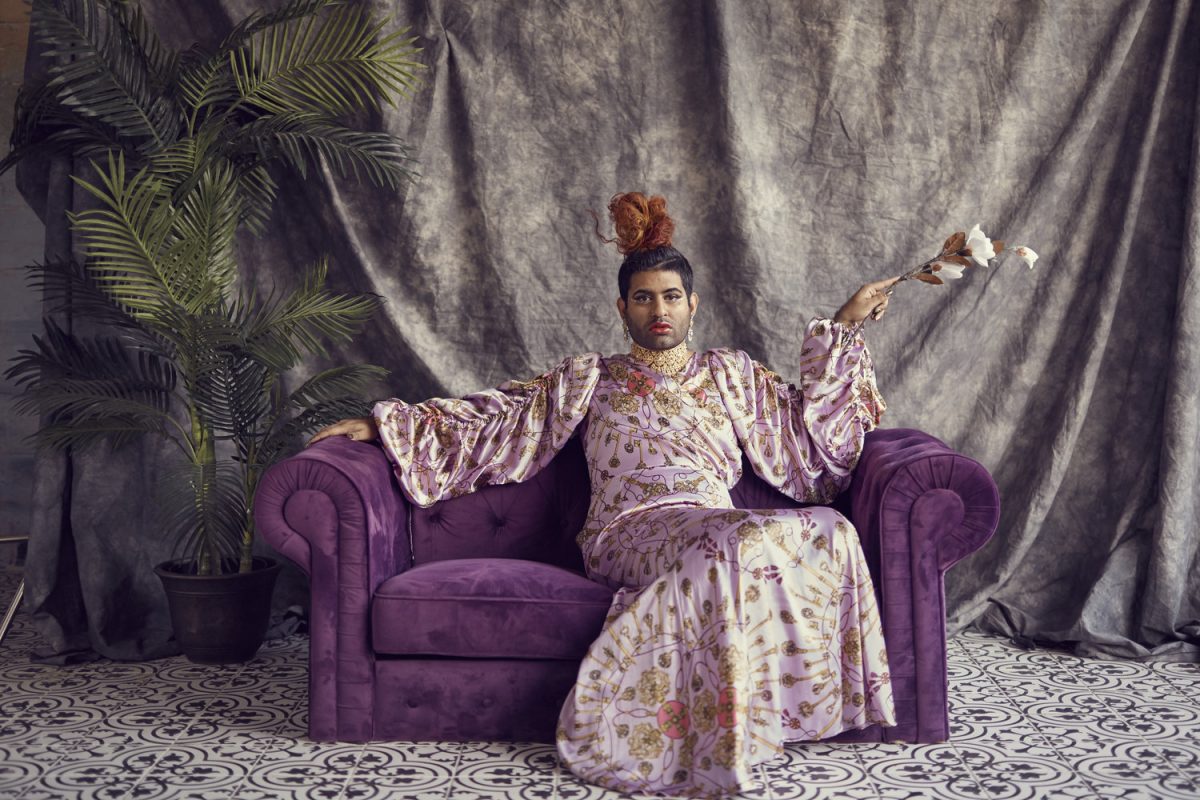
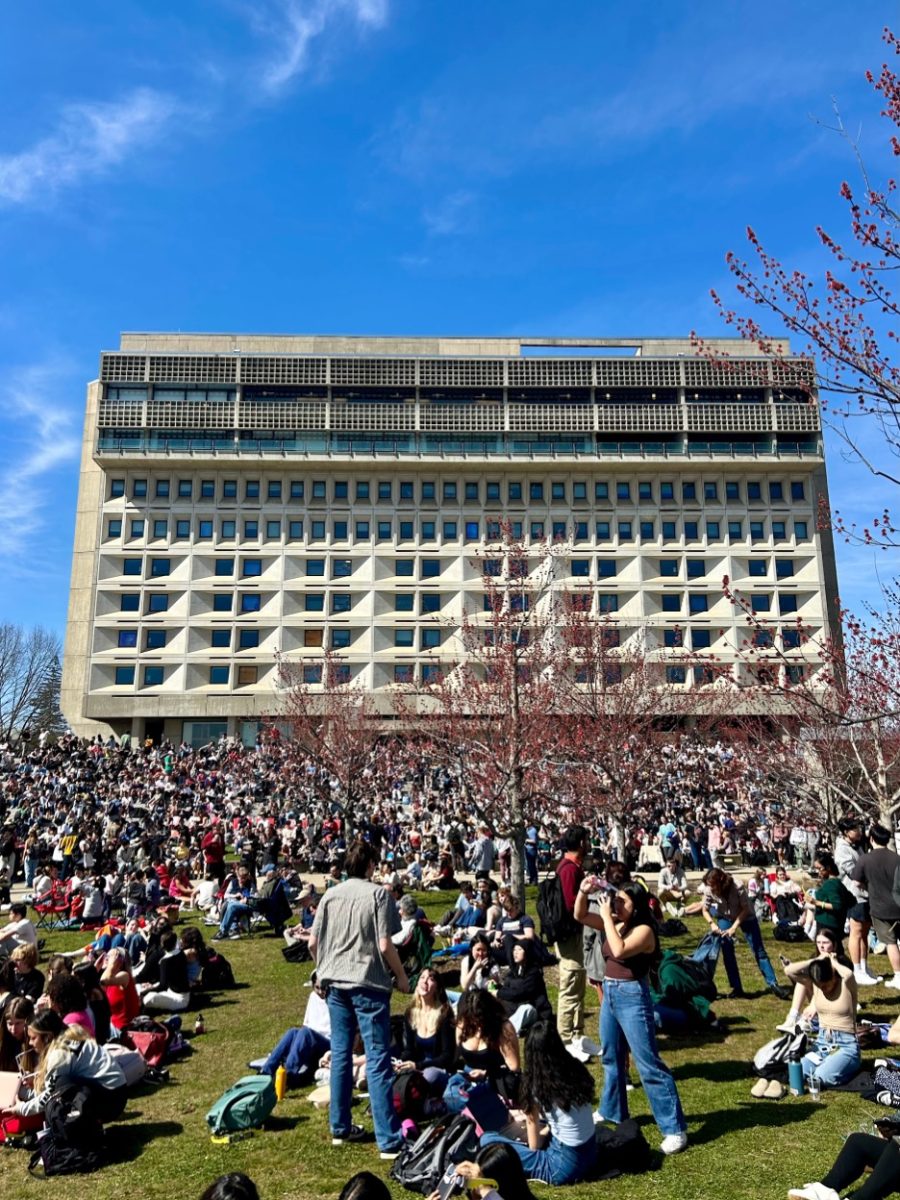
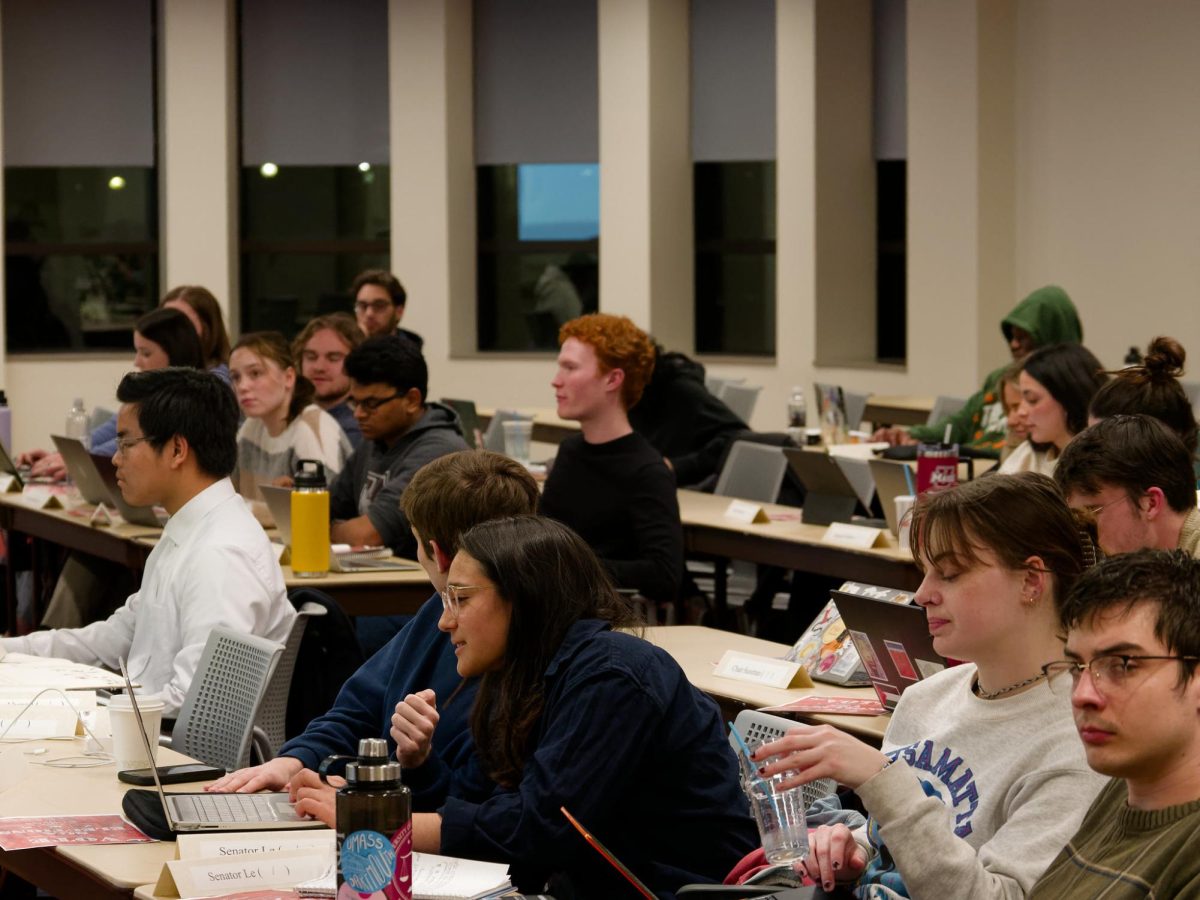
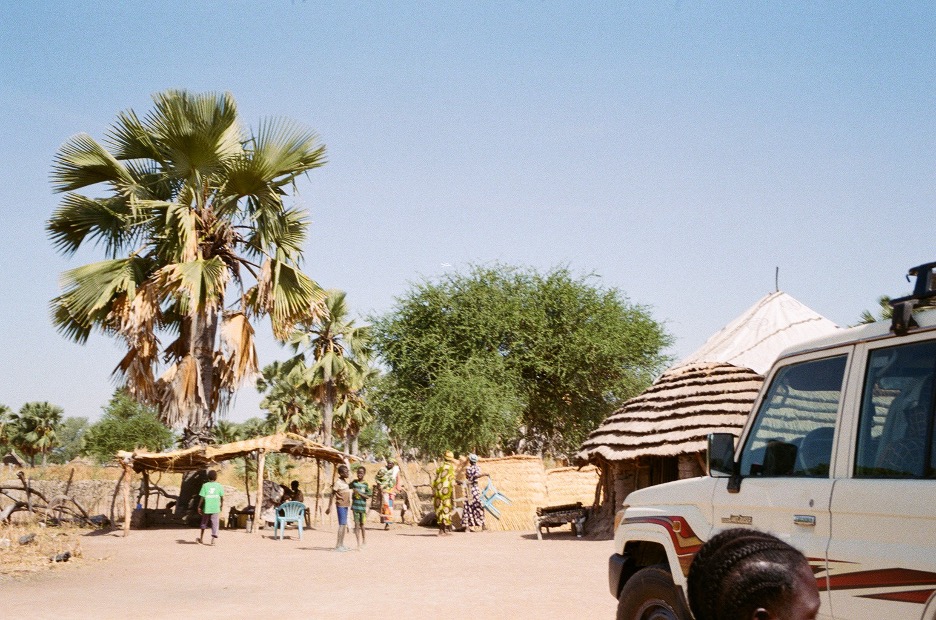


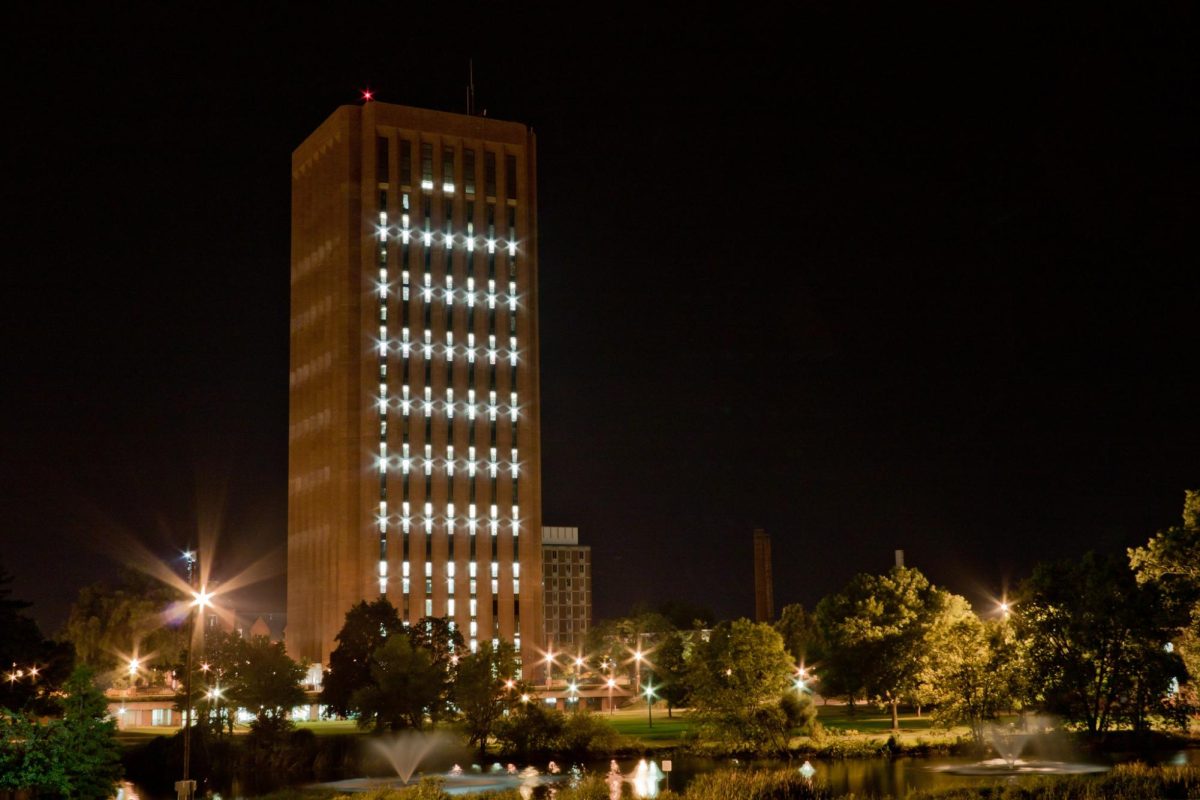
Terry • Apr 22, 2017 at 7:50 pm
Please notify me of new posts by email.
Terry • Apr 22, 2017 at 7:42 pm
Great coverage. You captured the flavor and the spirit of the event. Hope these powwows continue and are supported by the universities and fellow Americans.